Tagged With Cats

Why Do Cats Puff Up Their Tails? The Science of Cat Tail Language
29 February 2024
This article discusses four reasons why cats may puff up their tails: defense mechanisms, emotional signals, physiological responses, and the importance of context.
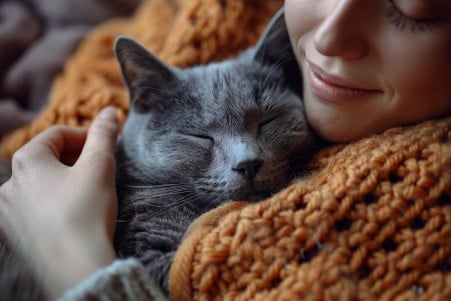
How to Help Your Cat Through Her Heat Cycle: Expert Tips and Insights
29 February 2024
How to deal with a cat in heat: soothing techniques, changes to the environment, pheromone treatment, possible medical interventions, and the advantages of spaying.
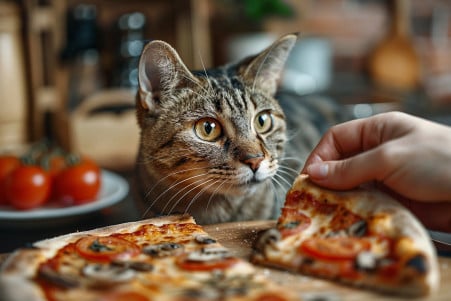
Can Cats Eat Pizza? Understanding the Risks and Alternatives
29 February 2024
Potential health hazards of giving pizza to cats, such as obesity, lactose intolerance, and toxic toppings, along with healthier snack options.
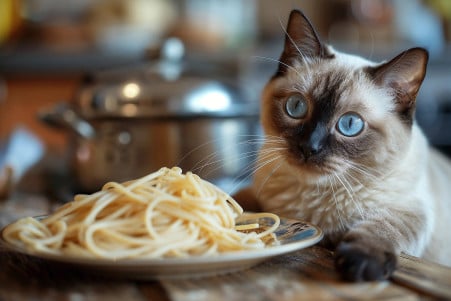
Can Cats Eat Pasta? A Guide to Safe Feline Treats
29 February 2024
Cats can have a few pieces of plain, cooked pasta, but it doesn't have any nutritional value and can cause problems if they eat too much of it.
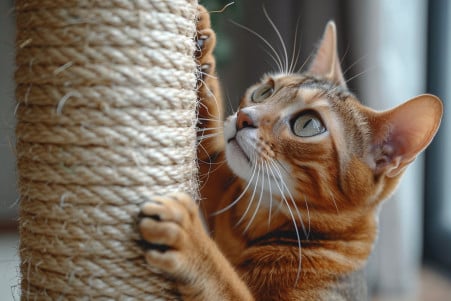
Why Do Cats Shed Their Claws? A Look at This Natural Behavior
28 February 2024
Understanding why cats need to shed their claws, how it helps keep their claws healthy, and how you can help your cat with this important process through regular maintenance.
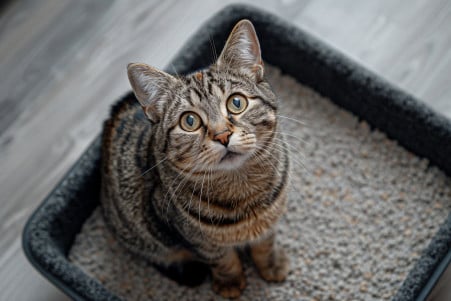
How Long Can Cats Hold Their Pee? Understanding Feline Urinary Health
28 February 2024
Understanding cat pee retention: how long cats can hold their pee, what it means for their health, and how to keep their urinary system healthy.
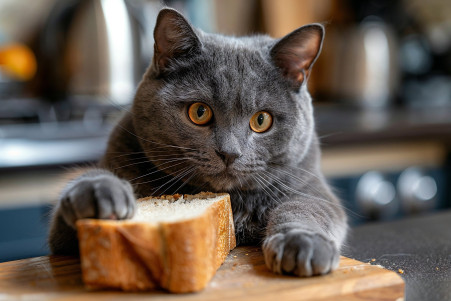
Do Cats Eat Bread? A Vet Explains What Cats Should Eat
27 February 2024
Cats can have a little bit of plain bread, but it has no nutritional value and can be dangerous because of toxic substances and the high carbohydrate content.
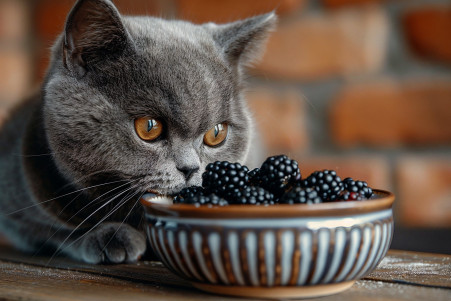
Can Cats Eat Blackberries? Nutritional Benefits & Feeding Tips
27 February 2024
How much blackberries can cats have, the health advantages of blackberries, why portion control matters, the risk of allergies, and how to feed your cat blackberries.

Can Cats Smile? Understanding the Science of Feline Happiness
27 February 2024
Topics include interpreting your cat's face: how to tell if they're 'smiling' or just purring, as well as the research on how cats feel and talk to humans.

Can You Give Cats Ginger? Benefits and Risks of Ginger for Cats
27 February 2024
This article discusses the uses of ginger for cats, its potential benefits and side effects, how to give it to your cat, how much to give, and when to talk to your vet.
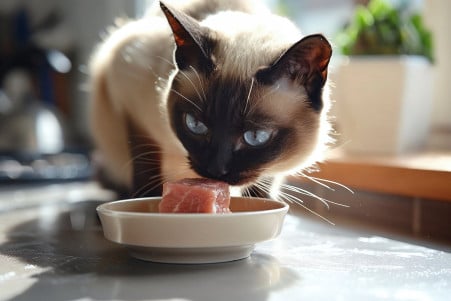
Can Cats Eat Pork? Safe Feeding Practices for Feline Diets
26 February 2024
The article discusses the following topics: the potential benefits and risks of feeding your cat pork, how to feed pork to your cat safely, including portion sizes and avoiding certain parts of the pig, and whether or not pork has a place in a cat's diet.
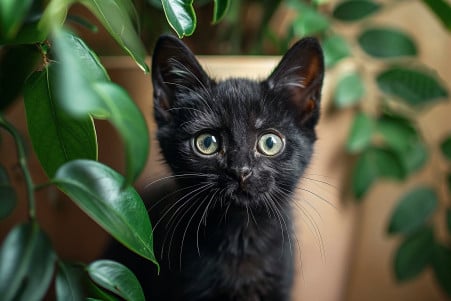
Why Is My Cat So Small? An In-Depth Look at the Factors That Determine Feline Size
26 February 2024
Causes of a cat being undersized: genetics, breed, diet, health issues, environmental and lifestyle factors.